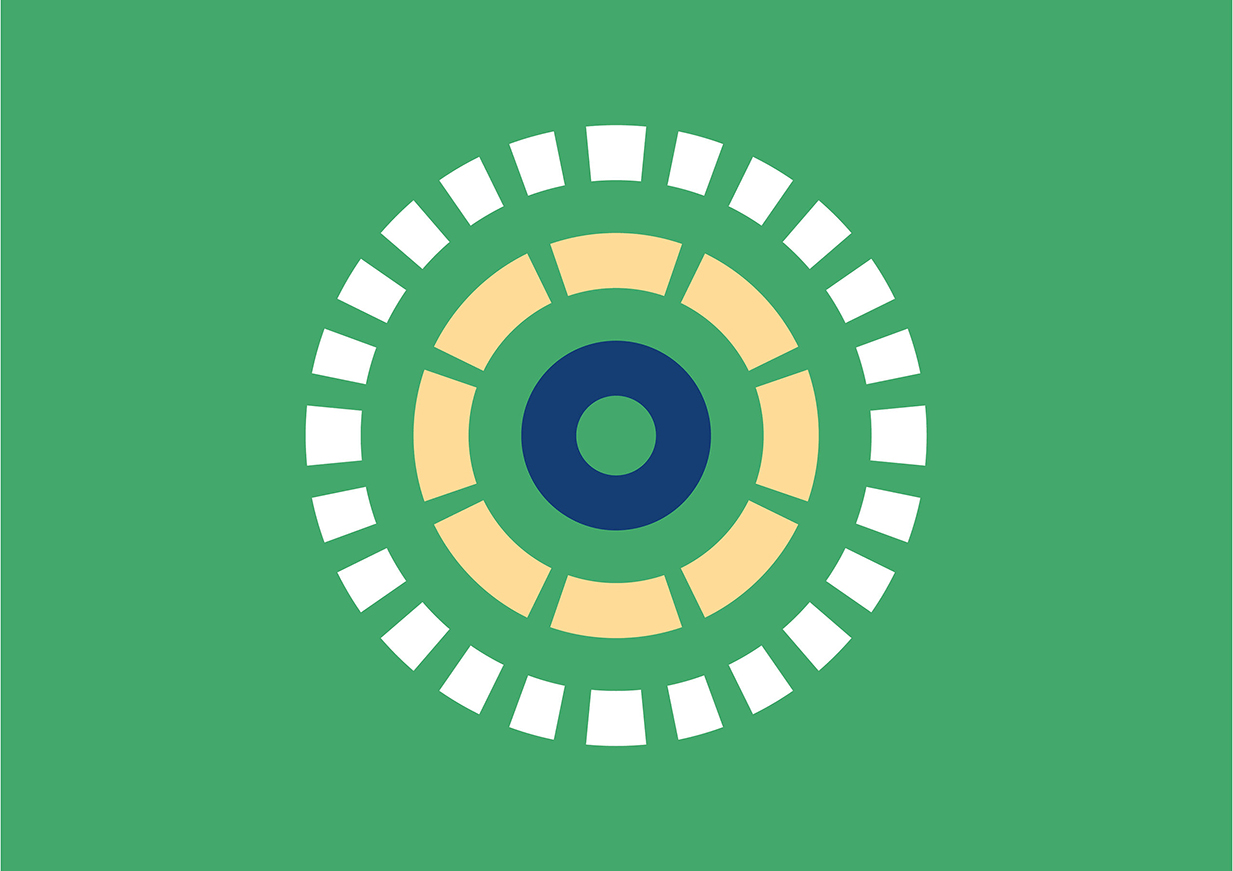Critical Limb Ischaemia (CLI) is a cardiovascular condition resulting in the deterioration of blood vessels that supply the muscles in the limb. In CLI, blockages within the arteries restrict the flow of blood to affected limbs – typically the lower extremities. Pain in the feet, toes, and/or legs ensues and further complications may include ulcers and gangrenous non-healing wounds. Through surgery, blood circulation may be restored to the affected limb (revascularisation). However, in instances where this is not possible, amputation may be the only option to reduce pain and/or the risk of serious infection.
PLX-PAD is a type of cell therapy derived from the human placenta and works by stimulating the body’s own regenerative mechanisms in healing damaged tissues. PLX-PAD responds to chemical distress signals from tissues that have been damaged by the restriction of blood flow, improving blood and oxygen supply, and promoting healing. PLX-PAD is administered by injection to the muscles of the limb(s). If approved, it may offer CLI patients who are unsuitable for surgical management a minimally invasive alternative to reduce instances of amputation and improve overall quality of life.
PLX-PAD for Critical Limb Ischaemia (with minor tissue loss) in Patients Unsuitable for Revascularisation

Interventions:
PLX-PAD
Indications:
Critical limb ischaemia (CLI)
Therapeutic Areas:
Cardiovascular System
Year:
2018